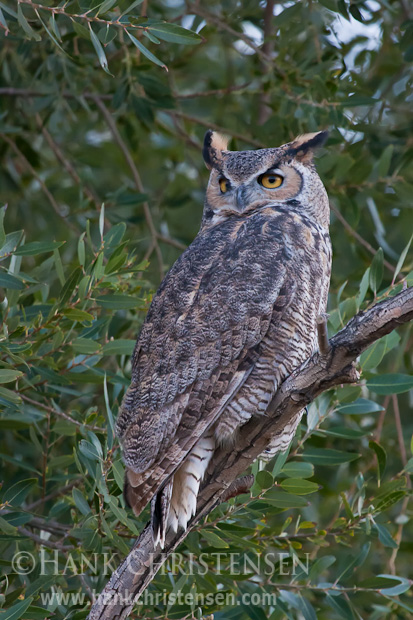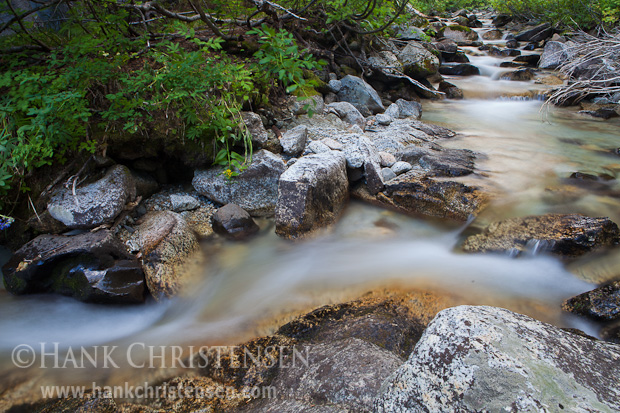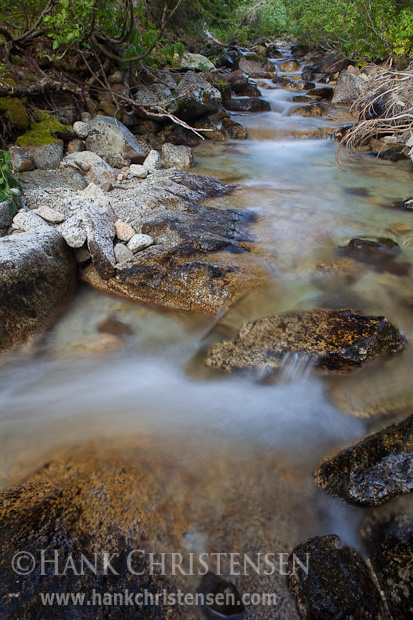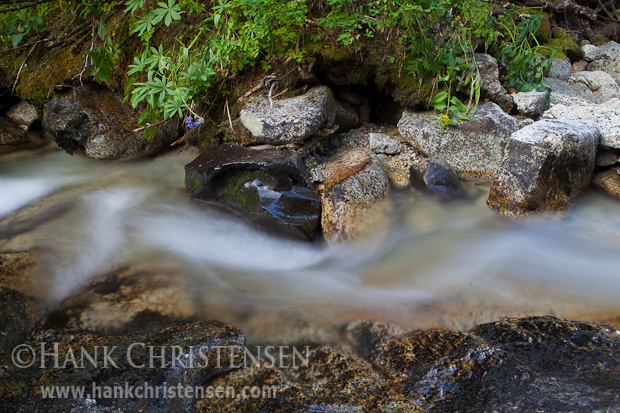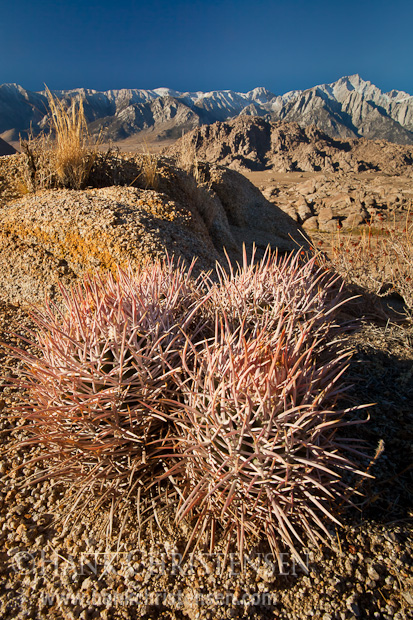
This week’s photo was taken on a recent morning spent in Alabama Hills just outside of Lone Pine, California. I was there with a group from a Mountain Light workshop led by David Muench. After capturing the unreal alpenglow on the peaks of the nearby eastern Sierra fourteen-ers, I sought out some other foregrounds and settled on this group of barrel cacti. I wanted to really emphasize the texture and contrast of these plants, and minimize the sheer faces of the mountains looming in the background. I played with angles and converging lines here for quite a while until I got something I liked. In the end, I mounted the camera just above and behind the cactus, shooting them with a wide angle only a few inches away.
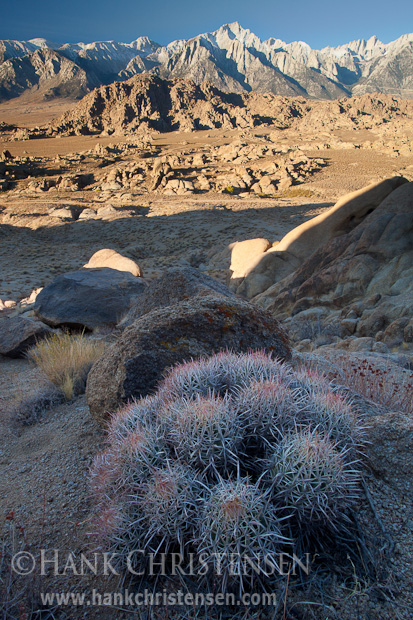
The shot above was another take an a different cluster of cacti. Here I had to balance the shaded foreground with the brightly lit mountains and rock, which was in full sun by this point in the morning. In the end I blended two shots, the first exposed correctly for the mountainous background (with the highlights pushed all the way to the right of the histogram). The second shot was exposed two stops lighter, in order to get adequate detail in the shadowed foreground. I find that blending two images that are more than two stops from each other looks too unnatural – I would rather sacrifice some detail in the shadows and bring the exposures of the two shots closer together.
Which cactus shot do you like better?

